As the world becomes increasingly aware of the environmental impact of fast fashion, more and more people are turning to sustainable fashion. One of the key components of sustainable fashion is the choice of fabric. Sustainable fabrics are those that are produced in a way that minimizes harm to the environment and workers, while also prioritizing longevity and quality. Here, we’ll explore different types of sustainable fabrics and their benefits, as well as how to identify sustainable fabrics and why they are better for the environment.
Sustainable Fabrics:
Organic cotton: Organic cotton is produced without the use of harmful chemicals and pesticides, making it better for the environment and safer for farmers and workers. It is also typically grown using less water than conventional cotton, which makes it a more sustainable choice. Organic cotton is versatile and can be used in a wide range of clothing items, from t-shirts to jeans to dresses.
Linen: Linen is made from flax, a plant that requires less water and pesticides than cotton. It is also biodegradable, making it a sustainable choice. Linen is an excellent option for summer clothing, as it is lightweight and breathable.
Tencel/Lyocell: Tencel, also known as Lyocell, is a fabric made from the wood pulp of eucalyptus trees. It is produced using a closed-loop process that minimizes water waste and uses non-toxic solvents. Tencel is a soft and silky fabric that is wrinkle-resistant and moisture-wicking, making it ideal for activewear and loungewear.
Hemp: Hemp is a plant that requires little water and few pesticides to grow, making it a sustainable option. It is also biodegradable and has a high yield per acre, making it a more efficient crop. Hemp can be used in a range of clothing items, from t-shirts to pants to jackets.
Recycled fabrics: Recycled fabrics, such as recycled polyester and recycled nylon, are made from post-consumer waste, such as plastic bottles and fishing nets. These fabrics reduce waste and reduce the need for virgin materials. Recycled fabrics can be used in a range of clothing items, from activewear to swimwear to outerwear.

How to Identify better fabrics:
Identifying sustainable fabrics can be a challenge, as many clothing items do not have clear labels. However, there are a few things to look out for when shopping for sustainable fabrics. Look for clothing made from organic or natural fibers, such as cotton, linen, and hemp. Also, look for clothing made from recycled materials, such as recycled polyester and recycled nylon. Finally, look for certifications, such as the Global Organic Textile Standard (GOTS) or the Bluesign certification, which indicate that a product has been produced in an environmentally and socially responsible way.
Why does this matter?
So why are sustainable fabrics better for the environment? The fashion industry is one of the largest polluters in the world, with a significant impact on water usage, pollution, and greenhouse gas emissions. Sustainable fabrics help to reduce the environmental impact of clothing production by using less water, fewer pesticides, and reducing waste. In addition, sustainable fabrics often have a longer lifespan than conventional fabrics, which means they can be worn for longer periods of time and reduce the need for new clothing items.
Using more sustainable fabric choices is an essential component of sustainable fashion. Organic cotton, linen, Tencel/Lyocell, hemp, and recycled fabrics are all sustainable options that offer a range of benefits. When shopping for sustainable fabrics, look for organic and natural fibers, recycled materials, and certifications that indicate responsible production practices. By choosing sustainable fabrics, we can reduce the environmental impact of the fashion industry and support a more sustainable future.











